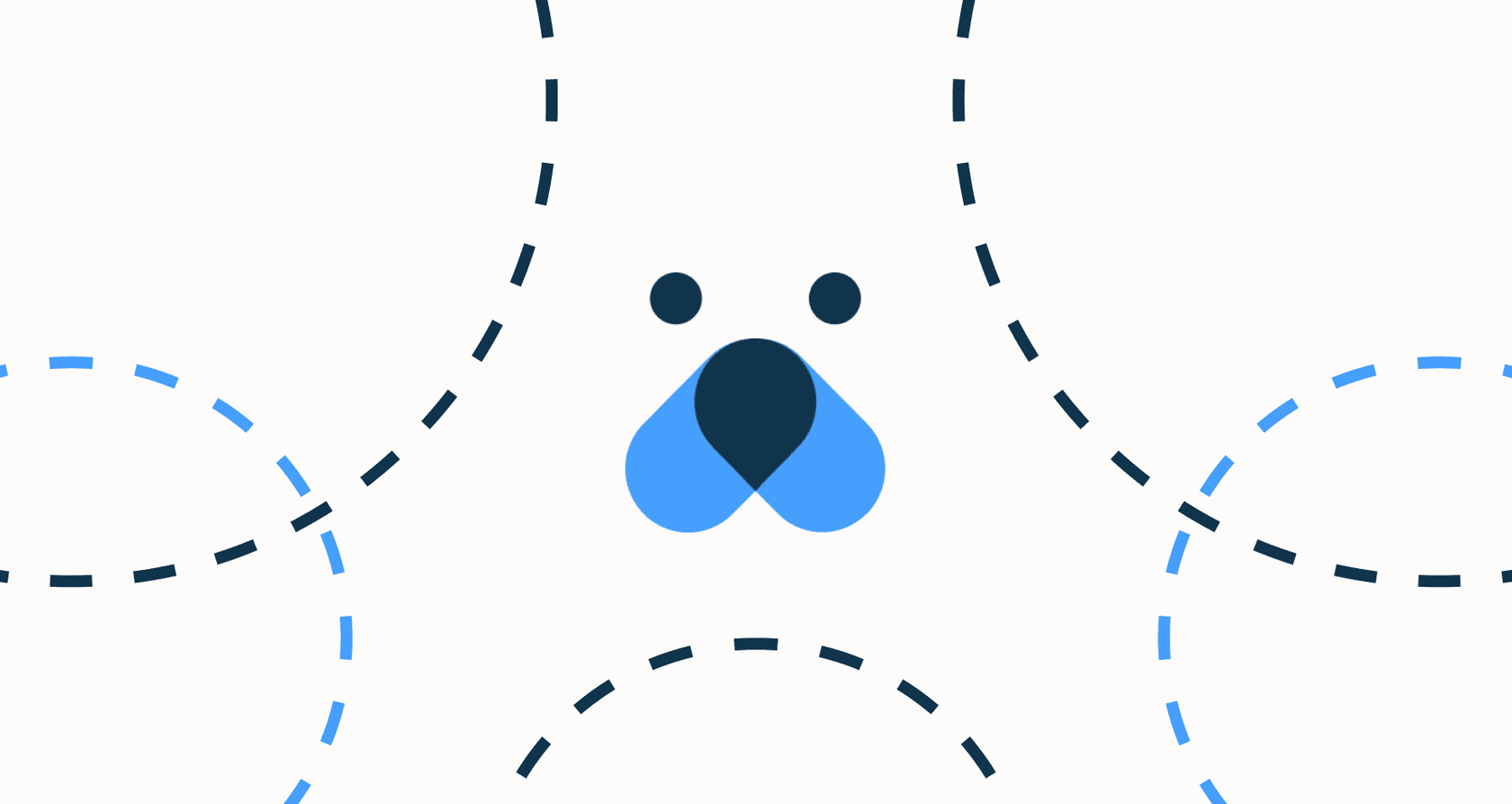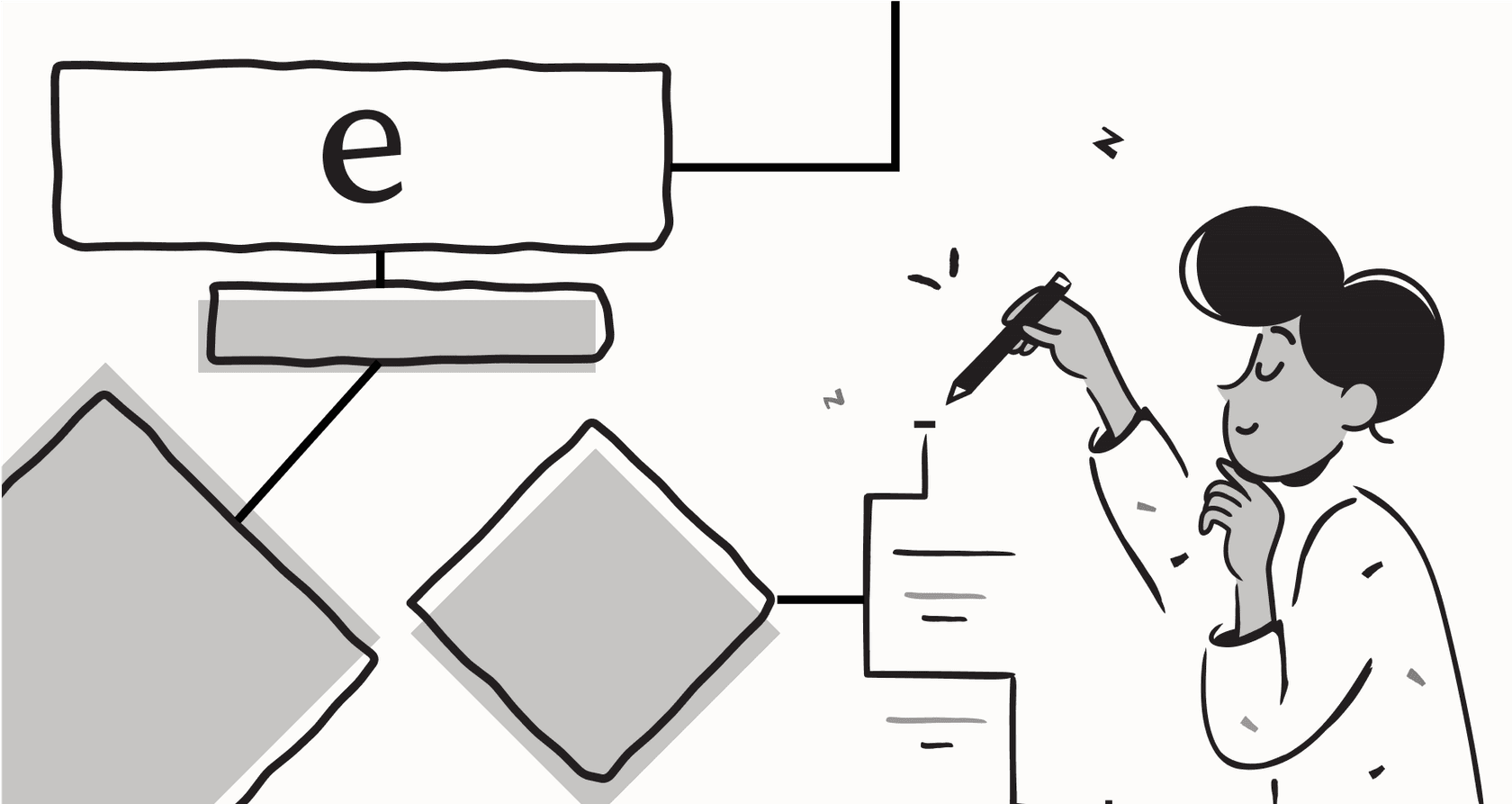
Picture this: a team member who never sleeps, handles all the repetitive stuff, chats with leads 24/7, and leaves your human sales pros free to focus on the big deals. That's pretty much what an AI sales rep offers. More and more businesses are looking at these smart tools to boost their outreach, work more efficiently, and make sure zero leads get missed. Building one might sound complicated, but honestly, breaking it down and picking the right tools makes it totally doable. This guide is here to walk you through the steps and show you how platforms like eesel AI can help you create and plug a capable AI agent right into how you already work.
What you'll need
Alright, before we jump into building, let's make sure you've got the basics covered. Here's what you'll likely need on hand:
- Your data: This is the brain food for your AI. Think about getting access to things like your CRM data, sales playbooks, product details, FAQs, and records of how you've talked to customers before. The more relevant info you give it, the smarter it'll be.
- Access to your current tools: Your AI needs a place to live and work. Make sure you have access to your CRM, helpdesk, or whatever communication platforms you plan for the AI to use.
- An AI building tool: You'll need a platform or system that lets you actually build and launch an AI agent.
- A clear idea of what you want: What exactly should this AI sales rep do? Knowing your goals upfront makes the whole process much smoother.
Understanding what an AI sales rep can do
So, what exactly is an AI sales rep? Sometimes folks call them an autonomous sales representative. Basically, it's a virtual assistant powered by AI designed to either automate sales tasks completely or lend a hand to your human team.
Unlike those basic chatbots that just follow a script, these AI agents are smarter. They use data and some clever reasoning to handle tasks with very little or even no human help.
They can tackle a bunch of different things. This includes checking if a lead is qualified, sending out initial emails, answering common questions about your products or services, booking meetings, keeping your CRM records updated, and even helping out with simple quotes or transactions. Some act pretty much on their own (autonomous agents), making decisions based on the data they have. Others are more like assistants (assistive agents), helping your human reps by doing things like roleplaying sales calls or quickly pulling together summaries of information. By taking over those high-volume, repetitive jobs,AI sales reps let your human team spend their time building relationships and closing the trickier deals.
How to create your AI sales rep
Ready to get started on building your own AI sales rep? Here’s a simple step-by-step guide to help you out.
Step 1: Figure out what you want it to do
Before you start building anything, the very first step is to nail down exactly what you want your AI sales rep to achieve. Are you hoping to cut down the time it takes to reply to new leads? Do you want it to automatically answer those sales questions you get asked all the time? Or maybe you need help sorting through a flood of incoming inquiries?
Getting super clear on your specific goals and what the AI's job description will be is really important. Will it just handle the very first chat with a lead, or will it stick around and help through the early parts of the sales process? Setting clear goals and ways to measure success (like how many leads it qualifies or how fast it replies initially) will be a huge help later on when you check how it's doing. Platforms like eesel AI let you customize exactly what actions and goals your bot should have based on what you need.
Step 2: Get your data ready
For your AI sales rep to be truly useful, it needs to know your business inside and out – your products, your services, how your sales process works. This means you need to feed it the right information. Think about everything a new human sales rep has to learn: CRM data, sales playbooks, product guides, FAQs, examples of successful sales emails, and any internal notes or wikis.
Finding all this data is the first part. Making sure it's ready for the AI is just as important. Check that your data is correct, up-to-date, and organized nicely. Some tools are picky about the kind of data they can use for training. For instance, Zendesk AI mostly uses help center articles. Others, like Chatbase, have limits on how much text you can use and mean you have to update things manually whenever your content changes. The better the data you train it on, the more accurate and helpful your AI sales rep will be.
Step 3: Pick the right AI platform and connect it
Choosing the right platform is a big deal when you're creating an AI sales rep. You've got options. There are AI features built into bigCRM systems like Salesforce Einstein GPT or HubSpot's AI tools. You could also look at specialized AI sales tools like Regie.ai or Nooks AI. Or, you might consider more general AI platforms like Relevance AI.
The most important thing is how well the platform plays with your existing tools. Your AI sales rep needs to connect smoothly with your CRM, helpdesk, and communication apps so it can get the data it needs and actually do things effectively.
Meet eesel AI. It connects with tons of different platforms, over 100 in fact. This includes major helpdesks like Zendesk, Intercom, and Freshdesk, CRMs like Salesforce, communication tools like Slack and Microsoft Teams, and even e-commerce platforms like Shopify. You can see a full list of integrations on the eesel AI website. eesel AI's flexible approach means you can fit it into your current setup without having to redo everything. Plus, their pricing is based on interactions, which is easy to understand and often more affordable than the confusing per-agent or per-resolution fees you see with other platforms.
Step 4: Set up the AI's knowledge and what it can do
Once you've picked your platform and hooked up your data sources, it's time to set up your AI sales rep. This means loading in all that prepared data so the AI can learn from it.
You'll also want to customize how the AI talks. This includes deciding on its tone and personality so it sounds like your brand – maybe that's professional, friendly, or something else. But it's not just about chatting. You need to tell it the specific things it's allowed to do. This could be automatically tagging tickets based on keywords or how the customer sounds, sending inquiries to the right human agent or team, or even triggering actions through other systems to check order status or update customer info in your CRM. Setting up clear rules for when the AI should pass a conversation to a human expert is also super important. eesel AI gives you detailed control over the tone and lets you set up custom actions easily through its prompting and actions customization tab.
Step 5: Test it out and make it better
Putting an AI sales rep out there without testing it properly is like sending a new human rep into the field with no training – it's probably not going to go well. Testing is a must to make sure your AI works the way you expect before it talks to real customers.
Testing means pretending to be a customer and trying out different conversations. Watch carefully how the AI replies and what actions it takes. Based on what you find, you'll need to tweak the data you trained it on, adjust the settings, and fine-tune the rules. Some platforms don't give you much chance to test before going live, meaning you might only find problems once the AI is already talking to customers. eesel AI has specific testing features. You can see how it would have responded to past conversations, test out new settings in a safe space, and even roll out the AI to just a small group of agents first before everyone gets it. This thorough testing process helps prevent mistakes and makes for a smoother launch.
Step 6: Launch it and see how it's doing
After all that testing and you're confident your AI sales rep is ready, it's time to launch! This might mean adding the AI to the chat on your website, connecting it to your helpdesk, or linking it up with other places you talk to customers.
But launching isn't the end of the story. You need to keep an eye on it constantly. Track key numbers like how many issues the AI solves on its own (deflection rate), how often it resolves things, how happy customers are (satisfaction scores), and how well it's qualifying leads. Use what you learn from watching its performance to spot gaps in its knowledge, see where it's having trouble, or find new things it could automate. This ongoing process of watching and improving makes sure your AI sales rep just keeps getting better over time.
Tips for success and things to watch out for
Building an AI sales rep is a big step, and keeping a few things in mind can help you succeed and handle any bumps along the road.
- Start small: Don't try to automate absolutely everything right away. Pick one specific job for your Ai sales rep, like handling website chat FAQs or qualifying a certain kind of lead. Build it for that first. Once it's working well, you can add more tasks.
- Keep its knowledge fresh: Your products, policies, and how you sell things change. Your AI sales rep needs to keep up. Make sure you have a plan for regularly updating the information it learns from.
- Make handoffs smooth: Your AI won't be able to answer every single question. When it hits a tricky issue or a customer needs a human, the switch needs to be seamless. Ensure your human agent gets all the details from the AI's conversation.
Here are a few challenges you might face:
- Data privacy and security: Handling customer data is serious business. Make sure the platform you pick follows strict security rules and regulations.
- Keeping responses accurate: It can be tough to make sure the AI gives correct and helpful answers all the time, especially with complex questions or things that require a bit of nuance. Watching its performance and fine-tuning it constantly is key.
- Connecting with existing tools: Getting the AI to talk to all your current systems can sometimes be a headache. Look for platforms that already have connections built in or offer flexible ways to integrate.
- Measuring the real payoff: Figuring out the true value of your AI can be more than just simple numbers. Think about how it affects how fast you close deals, your relationships with customers, and how much more productive your human reps are.
- Getting customers on board: Some customers might feel a bit weird talking to a bot. Be upfront when they are, and design the interactions to be as helpful and easy as possible.
Human-AI Collaboration: Remember, an AI sales rep works best when they're helping your human team, not replacing them entirely. They take care of the repetitive stuff, freeing up your human experts for more strategic work. AI assistants or copilots, like eesel AI's AI Assistant, can also directly help human reps by suggesting replies or finding information right within their workflow.
Pro Tip: Use insights from your AI, like eesel AI's Knowledge Gap Analysis, to figure out where your training data might be missing something or where the AI is struggling. This helps you keep making it better.
Ready to build your AI sales rep?
So, creating an AI sales rep involves figuring out your goals, getting your data together, picking the right tool, setting up its knowledge and abilities, testing it thoroughly, and then launching and watching how it does. By automating routine tasks and being available 24/7, AI sales rep can really boost how efficient and scalable your sales process is. While there are definitely challenges, like managing data and getting everything connected, the potential benefits – like freeing up your team and replying faster – are huge.
If you're looking for a capable and flexible way to build your AI sales rep, eesel AI is built to make the process simpler and boost what you can do. With its wide range of connections across helpdesks, CRMs, communication tools, and e-commerce platforms, flexible ways to train it (using past conversations and different kinds of knowledge), customizable actions and tone, and a solid testing environment, you can create a smart, action-oriented AI agent that fits exactly what you need. Plus, eesel AI's clear, interaction-based pricing is a cost-effective option for growing your AI efforts without unexpected fees.
Why not explore eesel AI to see how it could fit into your sales workflow? You can start a free trial today (no credit card needed!) or book a demo to get personalized advice on how to improve your sales and support processes.







